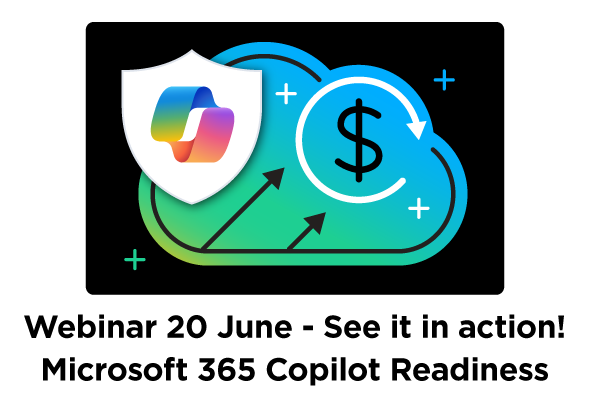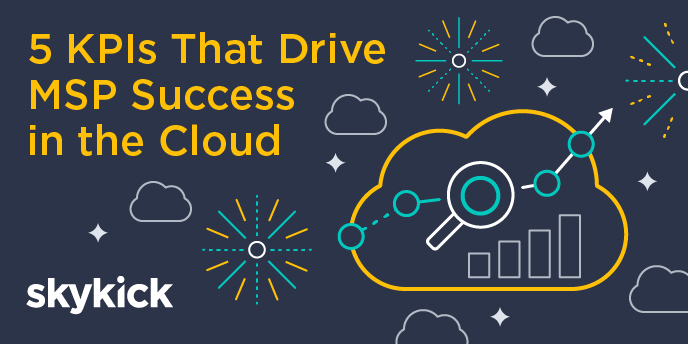The end of the year is a great time to reflect on your business performance and quantify success; especially important for the new breed of cloud-focused managed service providers (MSPs) as they learn while they earn. However, when it comes to choosing success metrics, MSPs can fall into the trap of thinking that doing business in the cloud means business as usual. MSPs often rely solely on key performance indicators they’ve used in the past without taking into account indicators that measure cloud success.
For instance, if you’re used to thinking in terms of time and materials, you might focus on the time it takes to implement more users. Bigger is better because more hours equal more revenue, right? But this approach may actually limit the number of customers you can serve.
Changing your focus can help your business keep up with the evolution of the way work is done. Moving into the cloud is, of course, an important first step. But it only goes so far if you’re still looking at it with a project-based mindset. To find real success in the modern world, make sure you’re using cloud-first managed service KPIs.
5 KPIs That Drive MSP Success in the Cloud
Of course, it’s still important to track things like total revenue, total bookings, and cash flow to measure business success. But for software-as-a-service and cloud-first organizations specifically, the following metrics are important indications of profitability:
# 1. Customer lifetime value (LTV) vs. customer acquisition cost (CAC): This is one of the most important ratios to measure the success of your performance. It can be tempting to acquire new customers at any cost, but it can also be financially detrimental to run your business that way.
Compare the lifetime value of a customer, or the amount of revenue that customer brings in while with your company, with the resources that were needed to acquire the customer in the first place. Keep in mind that CAC includes all the steps you take to introduce products and services to customers and persuade them to buy and become active.
LTV can be improved by becoming a trusted advisor through value-added advisory services. MSPs could also consider hiring a sales development representative to track down leads at a lower cost point than reps pursuing the better qualified leads.
#2. Monthly recurring revenue (MRR): This is the combined dollar value of all current subscription revenues per month. Take the average monthly subscription value per customer and multiply it by the number of customers you have. Measuring your MRR on a month-over-month basis is critical for understanding whether you’re gaining traction in the cloud. Raising the MRR can be as easy as an upsell on a service like SkyKick’s Cloud Backup or another service that is key to your clients’ businesses.
# 3. Average revenue per account (ARPA): This is the revenue generated for each account, usually calculated on a monthly or yearly basis. It’s useful for understanding which products and services are generating the most revenue. Knowing the ARPA for your services can help you identify opportunities to upsell customers.
#4. Average revenue per user (ARPU): Not to be confused with ARPA, this is your total revenue divided by the number of subscribers. ARPU is a good indicator of cloud adoption among your customers and can help you figure out who might be good candidates for subscription sales.
There are several ways that MSPs can help their customers make the move to cloud adoption. Start by making the most of existing customer relationships because you understand what they want and need for their businesses, which will help you choose the best services to offer them through a customized bundle. Investing in your employees will also pay dividends because they are the ones advising and providing support daily to your customers. Their expertise will help you provide a service your customers can count on, which means they will be able to trust you as their cloud service provider.
#5. Customer churn: Customer churn is a useful KPI in virtually any business environment, but it’s especially relevant in a world of subscription services. Pay attention to the percentage of customers who cancel their subscriptions in a given time period. It offers important insights into how well you’re meeting customers’ needs. A customer success manager can proactively help identify issues so you can be more proactive in reducing churn at your company.
Aligning your MSP organization around cloud-ready KPIs can help you track your progress toward meeting your company’s goals.



